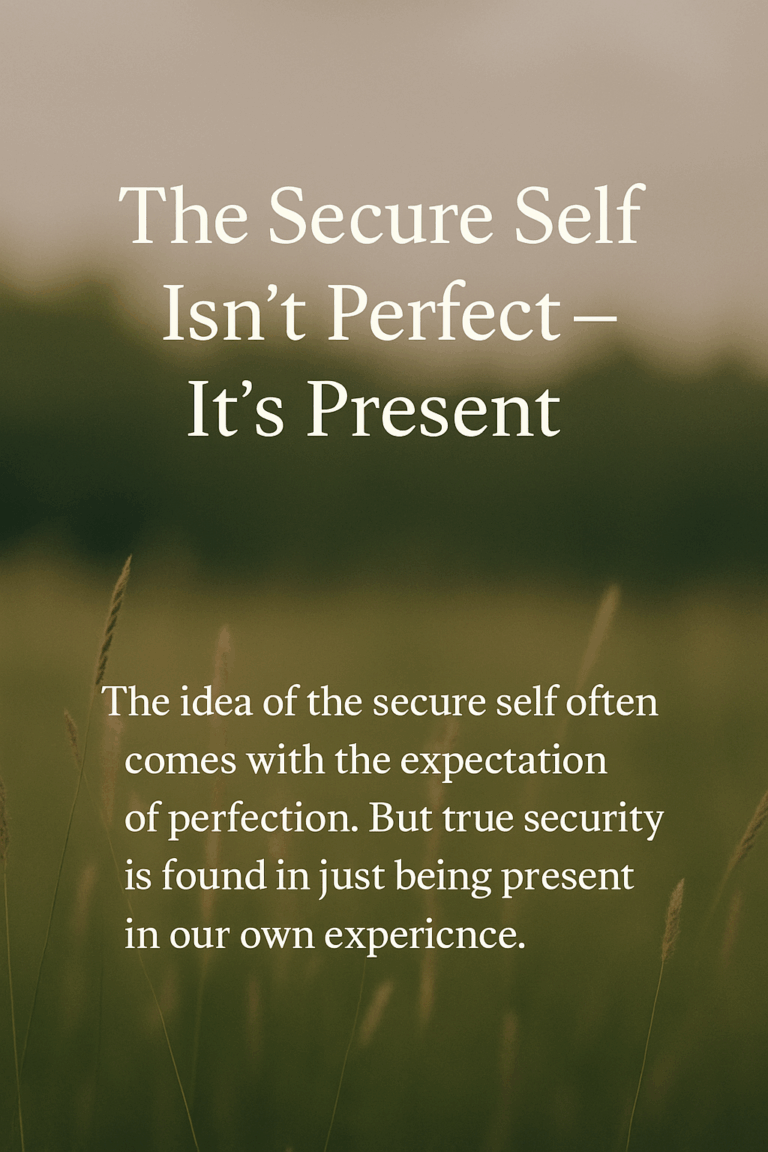You tell yourself, “Just wait till morning. Don’t respond now.”
You breathe, you journal, you even try to sleep it off.
But by the next day, it still hurts — and somehow, the message thread has gotten longer, messier, and colder.
That’s the thing about emotional spirals: they don’t care about your logic or your best intentions.
They run on the body’s timeline, not the mind’s.
When something touches an old wound — a pause in a text, a shift in tone, a moment of withdrawal — your nervous system reacts before you can think.
It’s not overreaction; it’s memory.
Your brain is wired to protect you, not to understand nuance.
What’s actually happening inside
The moment you feel a threat — real or perceived — your amygdala (the brain’s emotional alarm system) sends a signal to the hypothalamus, which releases stress hormones.
Cortisol rises. The prefrontal cortex, which helps you reason and communicate calmly, goes partially offline.
You lose access to “adult logic” and shift into fight, flight, freeze, or fawn — whichever pattern once kept you safe.
That’s why you can know you’re safe and still feel panicked.
The thinking brain and the feeling body are not yet synced.
So the more you analyze, the more your body hears: “We’re still in danger.”
This is why spirals repeat — because the system that’s reacting isn’t bad, it’s just outdated.
Your nervous system keeps replaying an old file, trying to prevent an old pain.
When you notice yourself spiraling
Try this sequence — not to fix it, but to stay connected to your body while it moves through the wave:
-
Locate yourself physically.
Feel your feet on the ground. Touch something solid. This reactivates the prefrontal cortex through sensory input — the brain starts realizing, “I’m here, now.” -
Let the body finish its reaction.
Shaking out your hands, sighing, or walking loosens adrenaline and helps cortisol drop.
You’re completing the survival loop that thinking can’t close. -
Then reflect gently:
-
What moment actually flipped the switch?
-
What was I afraid might happen next?
-
What would I need right now to feel even 5% more supported?
-
No rush for closure. The goal isn’t to be calm instantly — it’s to stay present enough that your brain learns: “This emotion is safe to feel.”
A real-life moment
Say your partner doesn’t text back all evening. You try to distract yourself, proud for not reacting.
Morning comes — still no message.
The brain’s limbic system, which stores emotional memory, starts replaying past moments of being ignored or dismissed.
Before you know it, you’re scrolling, rereading, decoding tone.
In that moment, instead of fixing the situation, pause and tell yourself:
“Something in me feels unsafe right now.”
Then tend to your body — place a hand on your chest, exhale slowly, or step outside for light.
As the body settles, blood flow returns to the rational brain. Only then can clarity — and compassion — return.
Each time you do this, you’re literally rewiring your neural pathways.
You’re teaching your system that safety can exist even when someone doesn’t reply, even when things feel uncertain.
That’s how spirals soften: not by control, but by connection.
If you’d like to explore one of your triggers together and begin dissolving it at the root, you can book a one-time consultation call (30 minutes for €29) — a gentle, focused space to reconnect your body and mind around one pattern that keeps looping back.



